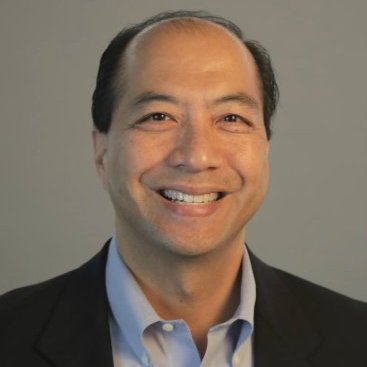Sep 13
2019
Setting Realistic Expectations For Transparency Initiatives In Healthcare
By Ken Perez, vice president of healthcare policy, Omnicell, Inc.

Transparency has been a popular concept for many years. While some would call it a buzzword, the Trump administration has made it a repeated theme of several of its pronouncements regarding healthcare reform.
Executive Order (EO) 13813, “Promoting Healthcare Choice and Competition Across the United States,” issued by President Donald Trump on Oct. 12, 2017, promoted transparency by aiming to “improve access to and the quality of information that Americans need to make informed healthcare decisions, including data about healthcare prices and outcomes.”
Five months later, at HIMSS18, Centers for Medicare and Medicaid Services (CMS) Administrator Seema Verma promised “to put patients at the center of the healthcare delivery system and empower them with the data they need to make the best decisions for themselves and their families.”
And on June 24, President Trump issued an almost 1,600-word EO, “Executive Order on Improving Price and Quality Transparency in American Healthcare to Put Patients First,” that has as its purpose “… to enhance the ability of patients to choose the healthcare that is best for them” by providing them with access to useful price and quality information, which enables them to find and choose low-cost, high-quality care. Patients will be able to compare prices across hospitals. Posting of standard charge information will apply to all services, supplies, or fees billed by the hospital, and hospitals will be required to regularly update the posted information.
Moreover, this EO mandates that the Departments of Health and Human Services, Treasury and Labor produce a proposal to require healthcare providers, health insurance issuers, and self-insured group health plans to provide or facilitate access to information about expected out-of-pocket costs for items.
The Trump administration is thus taking a consumer-driven approach to try to reduce healthcare costs. As former Rep. Ernest Istook (R-Okla.), president of Americans for Less Regulation, said, “Everything is based upon the theory that consumers would wade through the data to decide whether to seek care from different hospitals or doctors and would pay less.”
But would they? Gallup surveys have shown that Americans are increasingly feeling overwhelmed with the abundance of information. Consequently, consumers take shortcuts to ease the burden. For years, newspapers have lamented that nobody reads their stories, with most readers simply looking at the headlines and skimming a few articles. CNBC reports that about half of the visitors to its website quit after reading the first three paragraphs of a story.